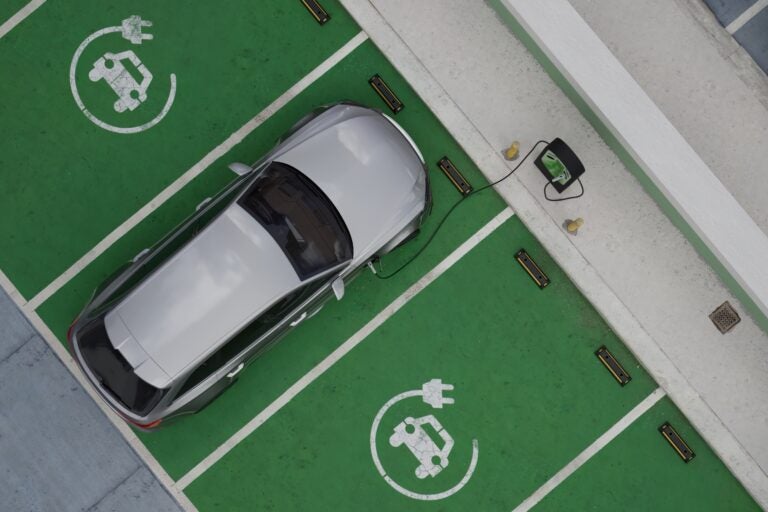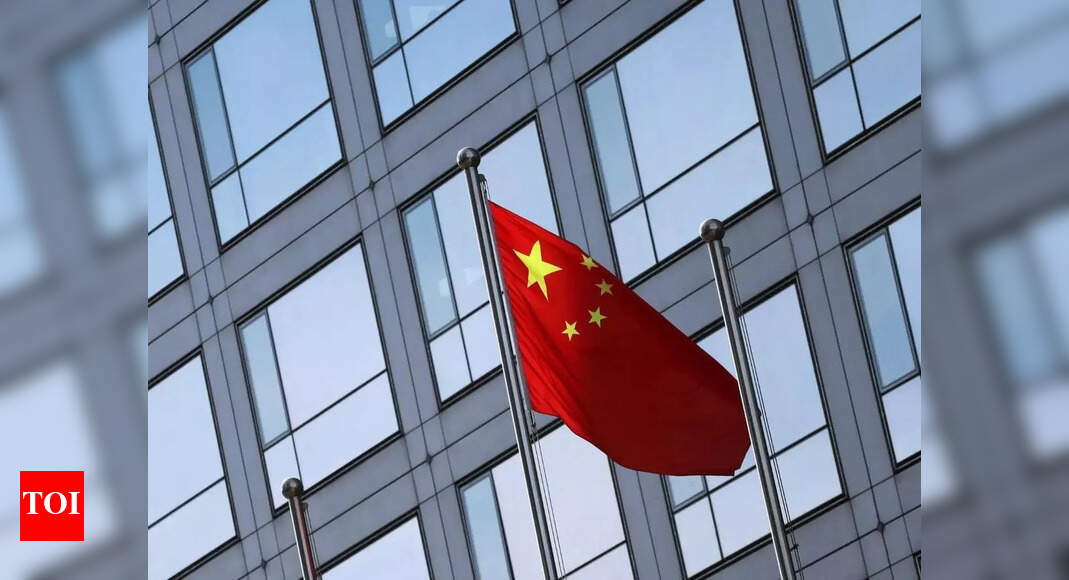Tesla, Inc. (NASDAQ:TSLA) and other automakers are grappling with what could be a sharp disruption to the EV market after federal subsidies that had helped sustain demand have expired.
Executives warn that the removal of these incentives could trigger a sudden decline in sales, posing a significant challenge for companies that have invested billions in electrification.
EV Market Collapse?
Christian Meunier, chairman of Nissan Americas, was blunt in his assessment of the market as consumers lose access to the federal credit that had made electric models more affordable.
“The EV market is going to collapse in October,” said Meunier.
Read Also: QuantumScape, Applovin Among Russell 1000’s Top Q3 Winners
The cost gap between EVs and gasoline-powered cars has widened without the subsidy cushion, and this could discourage buyers just when the industry is pushing for mainstream adoption.
Ford Motor Co. (NYSE:F) CEO Jim Farley described the policy shift as “a game-changer,” and stressed how dependent the EV market still is on government support.
Farley suggested the ripple effects could be felt well beyond automakers, affecting suppliers, charging infrastructure and the broader clean energy transition as well.
Q3 Deliveries Surge
Electric vehicle deliveries surged in Q3 as buyers hurried to finalize purchases ahead of the EV tax credit’s expiration.
Tesla and Rivian Automotive, Inc. (NASDAQ:RIVN) both saw demand spike as consumers were motivated by the $7,500 credit deadline. The rush highlights the continued importance of government incentives to the industry’s momentum.
Tesla posted a standout Q3, delivering 497,099 vehicles—a 7.4% increase compared to the same period last year—as buyers rushed to secure the federal tax credit before its expiration.
Rivian also benefited from buyer urgency, recording 13,201 deliveries for the quarter—a nearly 32% increase from the previous year and outperforming expectations.
The Takeaway
Expiration of the federal EV tax credit marks a turning point for the EV industry and casts uncertainty over future demand.
The coming months will test whether the sector can adapt to policy shifts and drive lasting growth in electrification.
Read Next:
Photo: Shutterstock


